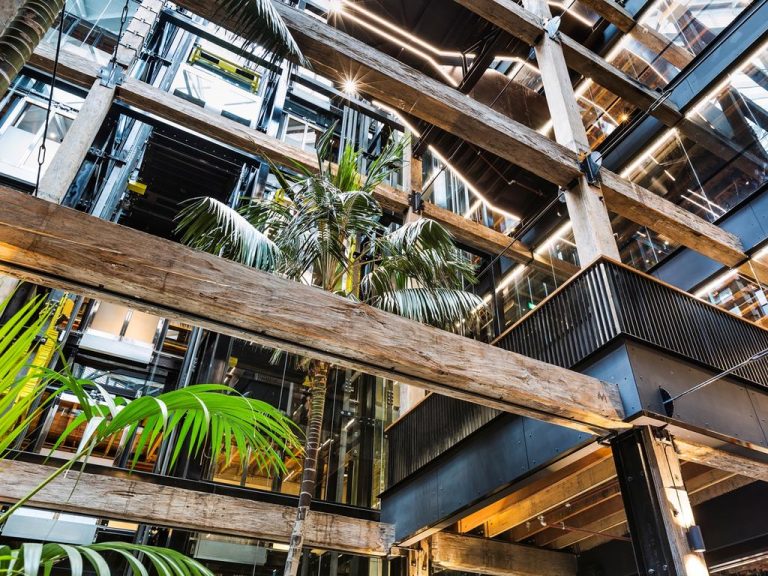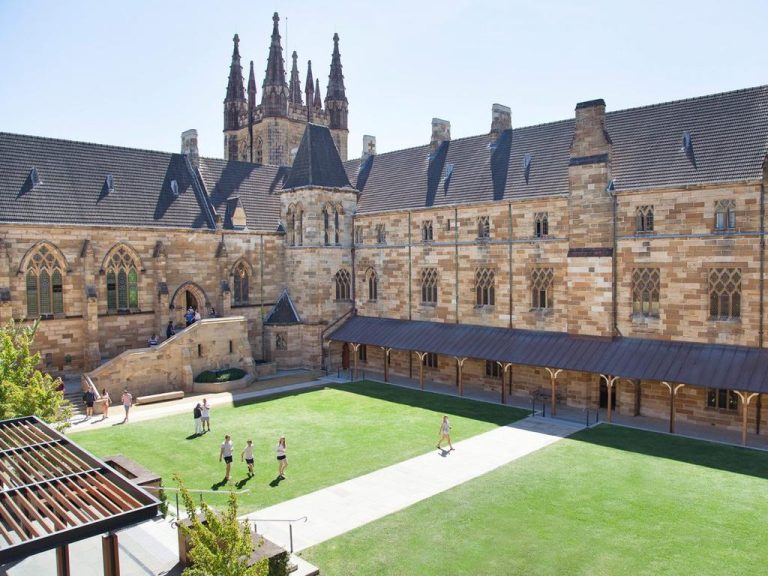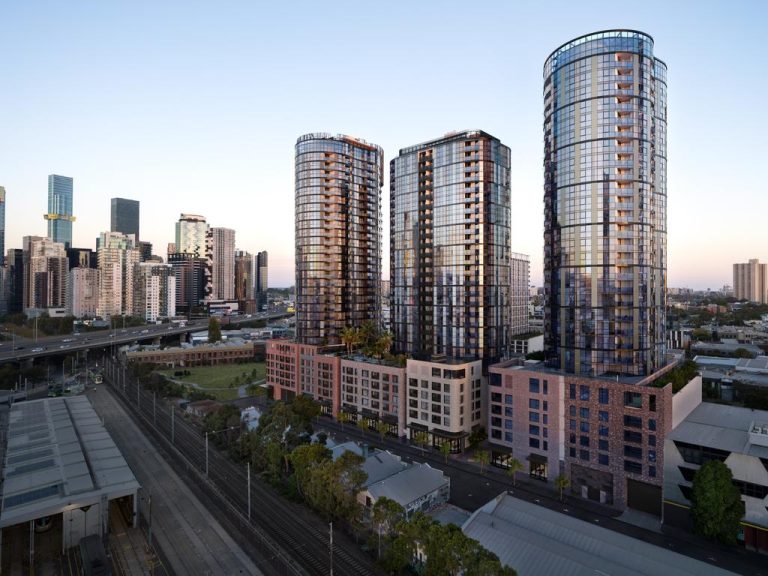The crazy ideas Perth rejected for its waterfront

A massive $2.6 billion development at Elizabeth Quay is changing the face of Perth’s waterfront.
But the prime Swan River precinct has attracted more than its share of harebrained ideas and plans for its revival.
Dr Julian Bolleter, who has written a book tracing the story of Perth’s foreshore, tells realcommercial.com.au about some of ideas that never made it.
Island suburb
Civil engineer Frank Vincent proposed an artificial 120ha island in the middle of the Swan River, complete with a new suburb, aerodrome and golf course.

The proposed island in the middle of the Swan River. Picture: Take me to the River: The story of Perth’s Foreshore.
The idea was flagged as a way to put Western Australians to work during The Great Depression in the 1930s. Vincent was met with strong opposition and run out of town.
Homegrown “Statue of Liberty”
Perth Lord Mayor Lisa Scaffidi pitched the idea of a statue (top) as a way of unifying the disparate waterfront for Perth’s bicentenary in 2029 – sparking a suggestion the monument could honour aboriginal warrior Yagan.
White settlers infamously decapitated Yagan, protector of the Noongar people. The story is so well known a statue of him on Heirisson Island regularly had its head cut off.
No serious proposal has been put forward.
Botanic oasis
Landscape architect John Oldham wanted a huge botanic garden around the waterfront linking with Kings Park and Perth Zoo.

What the proposed botanic garden (dark area on the right) may have looked like. Picture: Take me to the River: The story of Perth’s Foreshore.
The epic scheme, floated in the 1960s, was never realised. Some see it as a massive missed opportunity.
The importance of a good waterfront
Dr Bolleter, from the Australian Urban Design Research Centre at the University of Western Australia, says waterfronts are typically the centrepiece of a city with the pay-offs huge if planners get it right.
“Waterfronts are typically where you reshape the image of a city,’’ Dr Bolleter says.
“It’s a city’s front yard.”
“If you think of Circular Quay in Sydney with the ensemble of the Harbour Bridge and the Opera House, if you think of Melbourne with Fed Square — these are all to certain degrees waterfront locations.
“They become the defining image of the city.
“Elizabeth Quay presumably in time will become that in Perth.
“That is why they are so important and that’s why it’s not easy to do things — because it’s symbolic terrain as well as physical terrain with plenty of constraints.”
Years in the making
Dr Bolleter’s book — Take me to the River: The story of Perth’s Foreshore — exhumes some of the failed schemes for the Swan River and renders them as they would have look today had they been realised.
The recent Elizabeth Quay transformation follows decades of disappointment along Perth’s waterfront — starting when the early settlers thought the land could support a botanic paradise. Limited soil testing in an uncommonly cool and moist summer gave false promise. It was much more sterile and hard work.
The earliest move on the foreshore was to create a huge public park along the water.
Perth’s first Governor Captain James Stirling saw the WA capital as an administrative city with Fremantle the designated port. The land was flogged off for real estate before his vision could be realised.
Dr Bolleter says Perth was “haunted” by the park never eventuating. Workers in the 1890s starting filling in the river to reclaim the land and build the urban refuge. Large areas of the river were filled in but the area was flat, sterile, windswept and poorly used.
“They ran out of money to really turn those areas into reclaimed park,’’ Dr Bolleter says. “So they just became very vacuous and just sat there.”
Waterfronts are typically where you reshape the image of a city
The waterfront became a “dumping ground” for carparks and freeways in the 1960s. In the 1980s authorities attempted to unpick errors of the past.
Proposals followed to excavate the land back to the natural edge the Swan River followed for some 60 million years and plant native river gums along the banks.
In the early 2000s Perth locals — concerned their city was viewed as dull and boring — demanded a world-class urban waterfront akin to those in Melbourne, Singapore and Dubai. Elizabeth Quay aiming to “revitalise the city centre and enhance Perth’s reputation as one of the most liveable cities in the world” eventuated.
Dr Bolleter, part of the development team, says Elizabeth Quay aims to “reconnect” Perth city with the Swan River.
It will create a “dynamic new entertainment and leisure precinct, set around a stunning 2.7ha inlet”. Major construction is complete but work on surrounding buildings continues.
Dr Bolleter says the new foreshore face has been well received. More than 6.6 million people have visited since Elizabeth Quay opened in January last year. Perhaps good things do come to those who wait.
Take me to the River: The story of Perth’s Foreshore is available online. RRP $40.







